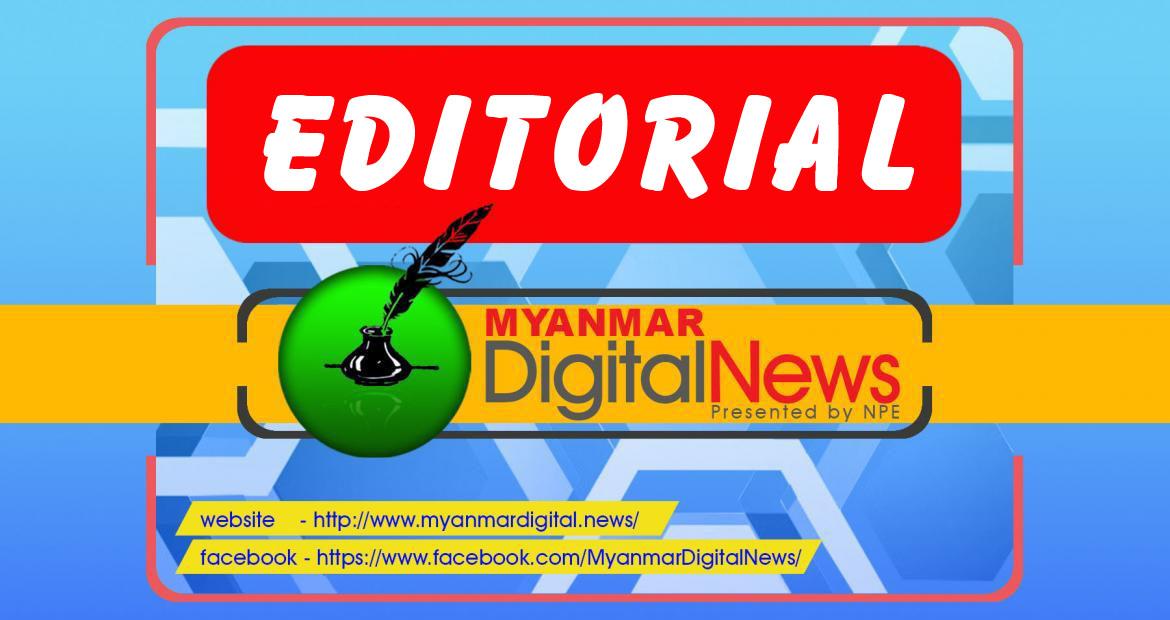8 December
Myanmar has witnessed extraordinary economic and social development during the past few years.
GDP growth is forecast at 6.8 per cent for 2020, placing us amongst the fastest growing economies in the region and, by extension, the world.
GDP per capita has also witnessed strong growth, as our country becomes more productive, and as our people’s living standards continue to improve.
Despite this progress, it is evident that substantial challenges remain. Studies show that one-third of our people remain highly vulnerable to falling back into poverty. Six in every ten children who begin first-grade, drop out before the end of middle school, while three in ten lack year-round access to safe drinking water.
We are thus faced with the moral imperative to act, and there is much to be done. We realize we have miles to go before we can rest.
Development effectiveness principles are often considered as being ‘over theorized and under applied’ – easy to identify but difficult to implement.
None of these principles would have been possible working in isolation. Indeed, none of us can afford to think we can address the challenges of our time alone.
The Paris Declaration on Aid Effectiveness – and our Development Assistance Policy, in turn, reinforces the need for strong and resilient partnerships, undeterred by the politics of the day.
The integration of voices from civil society and private sector into our development efforts will be crucial to implementing our MSDP, to achieving the SDGs, and to leaving no one behind, as we do so.
Development assistance can only be truly effective when it is well-coordinated, with mutual accountability mechanisms in place. With our National Indicator Framework and Project Bank, we have the tools to reinvigorate and recalibrate sectoral coordination mechanisms to ensure their continued relevance, coherence, and alignment with MSDP. Now is the time to act.
For the next chapter of Myanmar’s development journey, ODA will continue to have a vital role to play, but, if used wisely, ODA can also draw additional private sector financing for sustainable development.
Hence, much greater focus should be placed on the use of ODA to leverage smart private financing through the use of blending, de-risking and other innovative instruments.
Financing Myanmar’s development also means mobilizing domestic resources, including the restructuring of our State-Owned Economic Enterprise. It requires targeted efforts to reduce illicit financial flows too.
With our MSDP, a new and updated Development Assistance Policy, our DACU, our Aid Information Management System, the Project Bank, the Land Bank, and a revitalized set of Strategic Coordination Groups, we are confident that Myanmar has in place strong and solid foundations that will well serve Myanmar and its partners in development.
GNLM



